Key Takeaways
A Dividend Aristocrat is a company in the S&P 500 that has increased its dividend payouts for at least 25 consecutive years, demonstrating financial strength and consistency. These elite stocks are favored by income investors for their reliable returns and long-term growth potential.
Introduction
A Dividend Aristocrat is a distinguished company that has consistently increased its dividend payments for at least 25 consecutive years, demonstrating financial strength and stability. These companies are highly sought after by income-focused investors, as they provide reliable passive income and tend to perform well even in volatile markets. By consistently rewarding shareholders, Dividend Aristocrats reinforce their reputation as top-tier investments with a proven track record of long-term growth. To qualify for this elite status, a company must be a member of the S&P 500 Index, meet minimum market capitalization requirements, and sustain quarterly dividend increases for over two decades. This combination of stringent criteria ensures that only financially resilient businesses achieve the Dividend Aristocrat designation, making them a cornerstone of dividend-growth investment strategies.
Criteria for Dividend Aristocrats
Dividend Aristocrats earn their prestigious title by meeting strict financial criteria, ensuring they are stable, reliable, and resilient investments. One of the key requirements is a minimum of 25 consecutive years of dividend increases, proving a company's commitment to consistently rewarding shareholders. Additionally, these companies must be listed on a major stock exchange, such as the S&P 500, demonstrating their relevance in the broader market and adherence to stringent listing standards. Beyond these qualifications, Dividend Aristocrats are expected to maintain strong financial health and growth potential, allowing them to sustain dividends even during economic downturns. These criteria help investors identify top-tier dividend stocks that offer long-term stability and passive income, making them a cornerstone of dividend-growth investing strategies.
Benefits of Investing in Dividend Aristocrats
Investing in Dividend Aristocrats provides a reliable passive income stream, making them an attractive choice for long-term investors. These companies have a proven track record of increasing dividends for at least 25 consecutive years, ensuring consistent returns even during economic downturns. Unlike high-growth stocks that rely on capital appreciation, Dividend Aristocrats generate steady income, making them ideal for investors seeking financial stability. Additionally, these stocks tend to experience lower volatility compared to other equities, as their strong balance sheets and disciplined financial management allow them to maintain dividend payouts despite market fluctuations. Over time, reinvesting dividends from these companies can significantly contribute to long-term wealth accumulation, helping investors build a robust portfolio with compounding returns.
How Dividend Aristocrats Compare to Other Stocks
When comparing Dividend Aristocrats to other stocks, it's essential to understand the key distinctions between them and Dividend Kings—a group of companies that have increased dividends for at least 50 consecutive years. While both categories offer strong reliability, Dividend Kings have an even longer track record of stability.
Additionally, Dividend Aristocrats differ from growth stocks, which prioritize reinvesting profits into expansion rather than returning value to shareholders. Growth stocks may offer higher potential returns but come with greater volatility and increased risk. By contrast, Dividend Aristocrats strike a balance between steady income and capital appreciation, making them a less risky yet rewarding option for those prioritizing long-term financial security.
Popular Dividend Aristocrats
Dividend Aristocrats span various industry sectors, including consumer staples, healthcare, financials, and industrials. Some of the most well-known Dividend Aristocrats include Procter & Gamble (PG) in the consumer goods sector, Johnson & Johnson (JNJ) in healthcare, and 3M (MMM) in the industrials category. These companies have maintained strong dividend growth while demonstrating resilience during economic downturns.
Over time, Dividend Aristocrats have shown consistent performance relative to broader market indices, with many outperforming high-growth stocks during periods of volatility. Their ability to generate passive income and sustain dividends makes them appealing to long-term investors, especially those focusing on financial stability and portfolio diversification.
How to Invest in Dividend Aristocrats
Investors can gain exposure to Dividend Aristocrats through individual stock selection or exchange-traded funds (ETFs). Buying individual stocks allows for personalized portfolio management, where investors can handpick companies that align with their investment strategy. Alternatively, Dividend Aristocrat ETFs provide instant diversification, reducing the risk associated with investing in single stocks while ensuring exposure to companies with strong dividend histories.
To maximize returns, investors should consider portfolio diversification by selecting Dividend Aristocrats across multiple sectors, balancing risk and income potential. Additionally, reinvesting dividends through a dividend reinvestment plan (DRIP) can accelerate wealth accumulation over time. A long-term mindset and periodic portfolio reviews are crucial for optimizing dividend-based investing strategies, ensuring sustainable growth and financial security.
Conclusion
Dividend Aristocrats offer a powerful investment opportunity for those seeking long-term financial stability and passive income. Their consistent dividend growth over decades makes them reliable assets, providing investors with lower volatility and steady returns. These stocks are particularly attractive to income-focused portfolios, as they outperform market downturns while continuing to reward shareholders.
For investors looking to build a dividend-focused portfolio, the next steps include researching individual Dividend Aristocrats, evaluating industry sectors for diversification, and considering Dividend Aristocrat ETFs for broader exposure. Implementing a dividend reinvestment strategy (DRIP) can further enhance compounding returns, making it easier to grow wealth over time. By maintaining a long-term approach, investors can leverage Dividend Aristocrats to establish a resilient, income-generating portfolio that withstands market fluctuations and supports financial independence.
🚀 The Ultimate Dividend Investing Hub 💰
Looking to build wealth through dividends? 📈 Explore these expert insights:
🏆 Top Dividend Stocks & Investing Strategies
💰 Dividend Aristocrats & High-Yield Kings
📊 Dividend Funds & Passive Income Moves
🔗 Bookmark this guide & start stacking dividends today! 🚀💸
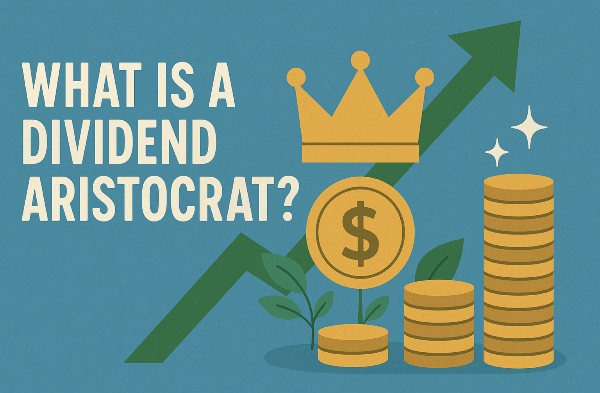

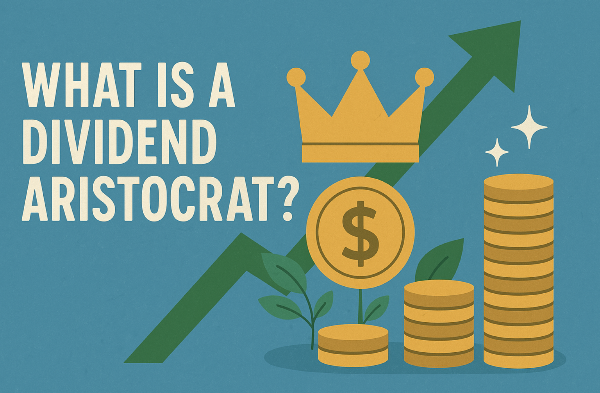
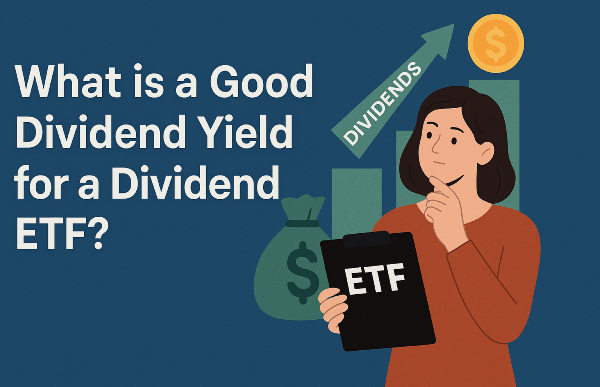
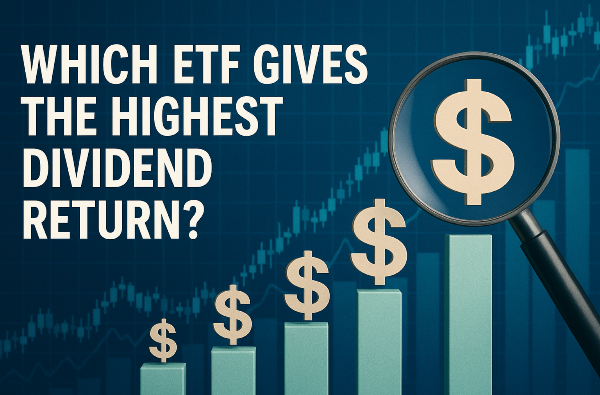


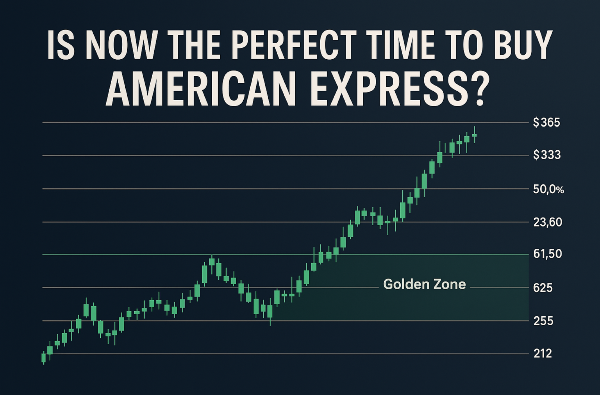


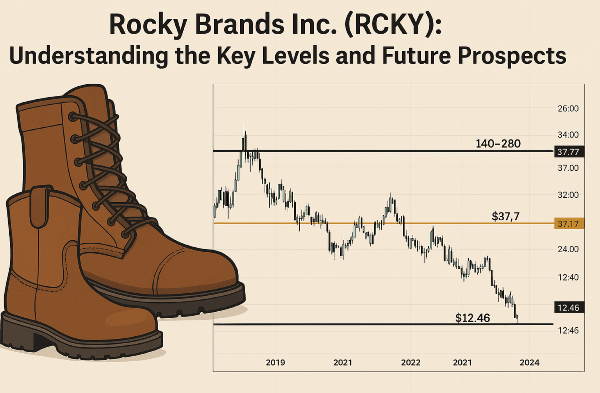


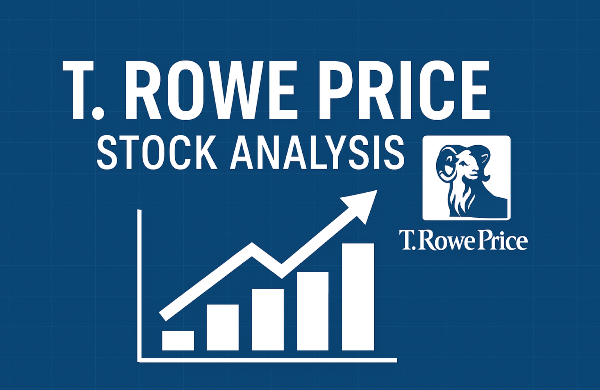


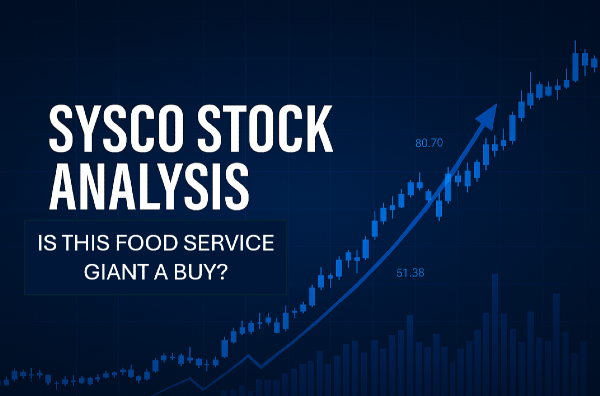
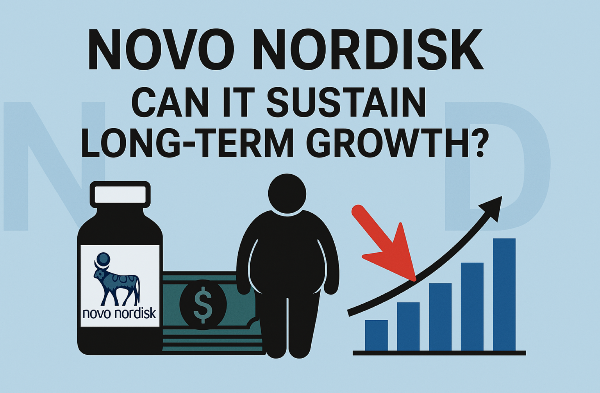

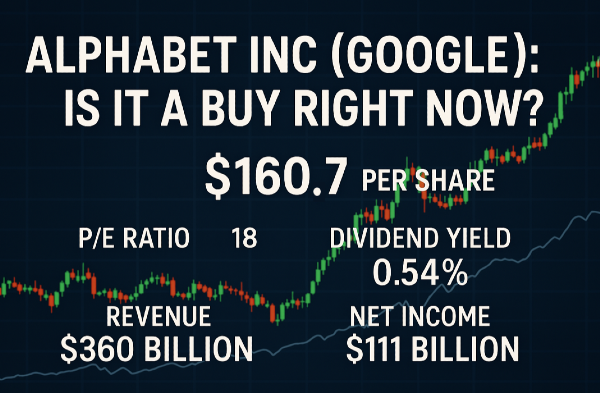










Key Takeaways
A Dividend Aristocrat is a company in the S&P 500 that has increased its dividend payouts for at least 25 consecutive years, demonstrating financial strength and consistency. These elite stocks are favored by income investors for their reliable returns and long-term growth potential.
Introduction
A Dividend Aristocrat is a distinguished company that has consistently increased its dividend payments for at least 25 consecutive years, demonstrating financial strength and stability. These companies are highly sought after by income-focused investors, as they provide reliable passive income and tend to perform well even in volatile markets. By consistently rewarding shareholders, Dividend Aristocrats reinforce their reputation as top-tier investments with a proven track record of long-term growth. To qualify for this elite status, a company must be a member of the S&P 500 Index, meet minimum market capitalization requirements, and sustain quarterly dividend increases for over two decades. This combination of stringent criteria ensures that only financially resilient businesses achieve the Dividend Aristocrat designation, making them a cornerstone of dividend-growth investment strategies.
Criteria for Dividend Aristocrats
Dividend Aristocrats earn their prestigious title by meeting strict financial criteria, ensuring they are stable, reliable, and resilient investments. One of the key requirements is a minimum of 25 consecutive years of dividend increases, proving a company's commitment to consistently rewarding shareholders. Additionally, these companies must be listed on a major stock exchange, such as the S&P 500, demonstrating their relevance in the broader market and adherence to stringent listing standards. Beyond these qualifications, Dividend Aristocrats are expected to maintain strong financial health and growth potential, allowing them to sustain dividends even during economic downturns. These criteria help investors identify top-tier dividend stocks that offer long-term stability and passive income, making them a cornerstone of dividend-growth investing strategies.
Benefits of Investing in Dividend Aristocrats
Investing in Dividend Aristocrats provides a reliable passive income stream, making them an attractive choice for long-term investors. These companies have a proven track record of increasing dividends for at least 25 consecutive years, ensuring consistent returns even during economic downturns. Unlike high-growth stocks that rely on capital appreciation, Dividend Aristocrats generate steady income, making them ideal for investors seeking financial stability. Additionally, these stocks tend to experience lower volatility compared to other equities, as their strong balance sheets and disciplined financial management allow them to maintain dividend payouts despite market fluctuations. Over time, reinvesting dividends from these companies can significantly contribute to long-term wealth accumulation, helping investors build a robust portfolio with compounding returns.
How Dividend Aristocrats Compare to Other Stocks
When comparing Dividend Aristocrats to other stocks, it's essential to understand the key distinctions between them and Dividend Kings—a group of companies that have increased dividends for at least 50 consecutive years. While both categories offer strong reliability, Dividend Kings have an even longer track record of stability.
Additionally, Dividend Aristocrats differ from growth stocks, which prioritize reinvesting profits into expansion rather than returning value to shareholders. Growth stocks may offer higher potential returns but come with greater volatility and increased risk. By contrast, Dividend Aristocrats strike a balance between steady income and capital appreciation, making them a less risky yet rewarding option for those prioritizing long-term financial security.
Popular Dividend Aristocrats
Dividend Aristocrats span various industry sectors, including consumer staples, healthcare, financials, and industrials. Some of the most well-known Dividend Aristocrats include Procter & Gamble (PG) in the consumer goods sector, Johnson & Johnson (JNJ) in healthcare, and 3M (MMM) in the industrials category. These companies have maintained strong dividend growth while demonstrating resilience during economic downturns.
Over time, Dividend Aristocrats have shown consistent performance relative to broader market indices, with many outperforming high-growth stocks during periods of volatility. Their ability to generate passive income and sustain dividends makes them appealing to long-term investors, especially those focusing on financial stability and portfolio diversification.
How to Invest in Dividend Aristocrats
Investors can gain exposure to Dividend Aristocrats through individual stock selection or exchange-traded funds (ETFs). Buying individual stocks allows for personalized portfolio management, where investors can handpick companies that align with their investment strategy. Alternatively, Dividend Aristocrat ETFs provide instant diversification, reducing the risk associated with investing in single stocks while ensuring exposure to companies with strong dividend histories.
To maximize returns, investors should consider portfolio diversification by selecting Dividend Aristocrats across multiple sectors, balancing risk and income potential. Additionally, reinvesting dividends through a dividend reinvestment plan (DRIP) can accelerate wealth accumulation over time. A long-term mindset and periodic portfolio reviews are crucial for optimizing dividend-based investing strategies, ensuring sustainable growth and financial security.
Conclusion
Dividend Aristocrats offer a powerful investment opportunity for those seeking long-term financial stability and passive income. Their consistent dividend growth over decades makes them reliable assets, providing investors with lower volatility and steady returns. These stocks are particularly attractive to income-focused portfolios, as they outperform market downturns while continuing to reward shareholders.
For investors looking to build a dividend-focused portfolio, the next steps include researching individual Dividend Aristocrats, evaluating industry sectors for diversification, and considering Dividend Aristocrat ETFs for broader exposure. Implementing a dividend reinvestment strategy (DRIP) can further enhance compounding returns, making it easier to grow wealth over time. By maintaining a long-term approach, investors can leverage Dividend Aristocrats to establish a resilient, income-generating portfolio that withstands market fluctuations and supports financial independence.
🚀 The Ultimate Dividend Investing Hub 💰
Looking to build wealth through dividends? 📈 Explore these expert insights:
🏆 Top Dividend Stocks & Investing Strategies
💰 Dividend Aristocrats & High-Yield Kings
📊 Dividend Funds & Passive Income Moves
🔗 Bookmark this guide & start stacking dividends today! 🚀💸